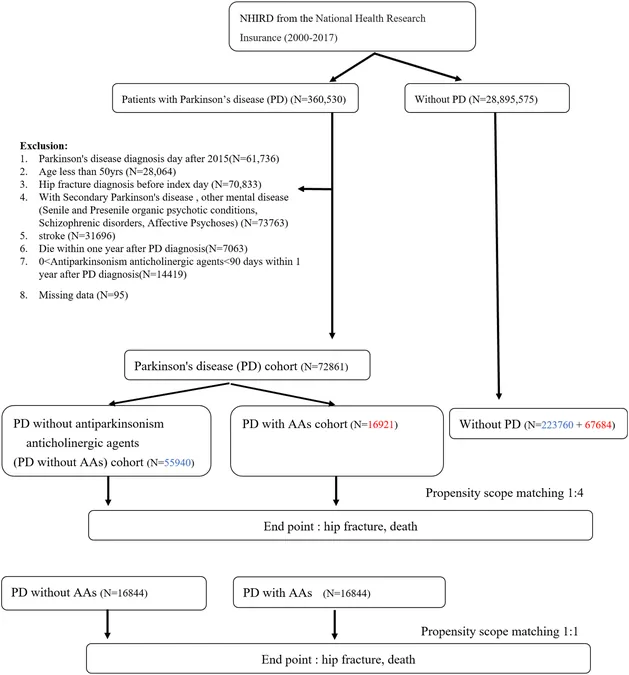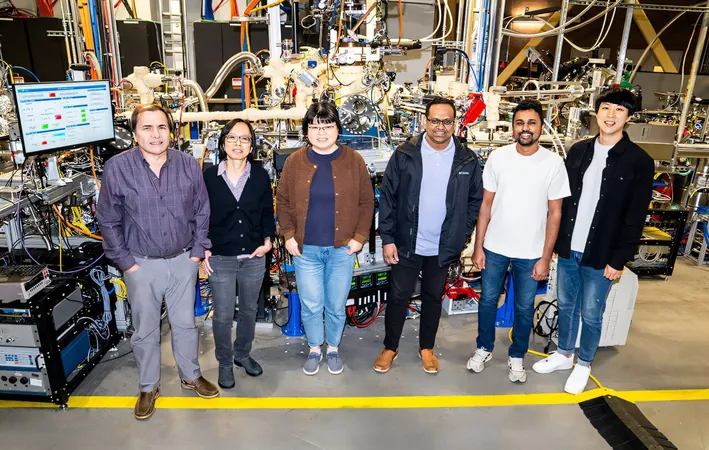
The Future of Material Science: Breakthroughs with X-Ray Technology
2024-11-20
Author: Amelia
Groundbreaking discoveries in material science are taking place at Arizona State University (ASU), where innovative researchers are leveraging cutting-edge X-ray techniques to propel the field into a new era. These advancements not only enhance our understanding of various materials but also have practical implications for industries including semiconductors and biomedicine.
According to Jingyue Liu, a senior global futures scientist, “These techniques are pivotal for a deeper understanding of materials, transforming our ability to analyze them.” By utilizing X-ray technology, researchers can derive insights that were previously based on mere assumptions, moving towards experimental validation.
Breaking the Barriers of Traditional Techniques
Historically, methods such as electron microscopy have been fundamental in material science, enabling scientists to visualize structures at an atomic scale. However, this tool comes with limitations. Liu notes, “The challenge with electron microscopy is the vacuum requirement, which restricts its application for certain materials that need to remain in a hydrated or natural state.”
Another method, dynamic light scattering, is effective for analyzing particle size in solutions but has its drawbacks due to the longer wavelengths of light, which hinder the resolution of smaller particles.
Recent developments in X-ray methods are redefining what’s possible in material science. These advanced techniques facilitate real-time observations of the dynamic behaviors of materials, ensuring a comprehensive understanding of their properties.
X-ray Techniques: The Game Changers
X-ray techniques have emerged as a game-changer, enabling unprecedented investigation into material behavior. Tijana Rajh, director of the School of Molecular Sciences, states, “X-rays provide critical information about the structure and electronic properties of materials.” The innovation of nanoprobe enhancements allows for precise examinations at a micro scale, fostering the observation of previously hidden attributes of materials.
“This nanoprobe can focus X-rays on extremely small regions of material, enabling us to study how structural changes occur under specific conditions, such as CO2 binding,” Rajh explains, indicating the potent applications in fields like catalysis and battery technology.
Real-World Applications and Implications
The implications of these technological advancements are substantial. They are helping researchers identify new materials for semiconductors—critical components that manage electrical flow in electronic devices. Rajh adds, “Understanding why materials like amorphous silicon excel could lead to the design of novel semiconductor materials with enhanced properties.”
Moreover, Liu points out that these advancements are instrumental in linking scientific innovation to economic and societal benefits, potentially revolutionizing various sectors.
Researchers are also venturing into the biology domain, utilizing X-ray techniques to monitor crucial biomolecular changes, such as ATP binding, which could lead to insights in drug development and disease treatment strategies.
Interdisciplinary Collaboration and Future Directions
Jason Khoury, a solid-state chemist at ASU, emphasizes the importance of collaboration between material science and chemistry. “Synchrotron diffraction offers superior intensity and can reveal properties of new materials that were previously unstudied, thanks to Pair Distribution Function (PDF) analysis,” he notes.
Looking ahead, the integration of artificial intelligence with advanced imaging techniques presents a unique opportunity for breakthroughs. Liu highlights, “AI can help us address many of the unknowns in material science, paving the way for innovative discoveries.”
From monitoring battery performance to engineering new materials, these revolutionary X-ray techniques are set to unlock the mysteries of matter, opening doors to discoveries previously deemed unreachable. With the relentless pursuit of knowledge, researchers are poised to transform the landscape of material science for generations to come.
This exciting frontier not only promises a deeper understanding of materials but also heralds the dawn of new innovations that could redefine industries and improve lives worldwide. Keep an eye on ASU as they continue to push the limits of material science and engineering!









 Brasil (PT)
Brasil (PT)
 Canada (EN)
Canada (EN)
 Chile (ES)
Chile (ES)
 España (ES)
España (ES)
 France (FR)
France (FR)
 Hong Kong (EN)
Hong Kong (EN)
 Italia (IT)
Italia (IT)
 日本 (JA)
日本 (JA)
 Magyarország (HU)
Magyarország (HU)
 Norge (NO)
Norge (NO)
 Polska (PL)
Polska (PL)
 Schweiz (DE)
Schweiz (DE)
 Singapore (EN)
Singapore (EN)
 Sverige (SV)
Sverige (SV)
 Suomi (FI)
Suomi (FI)
 Türkiye (TR)
Türkiye (TR)